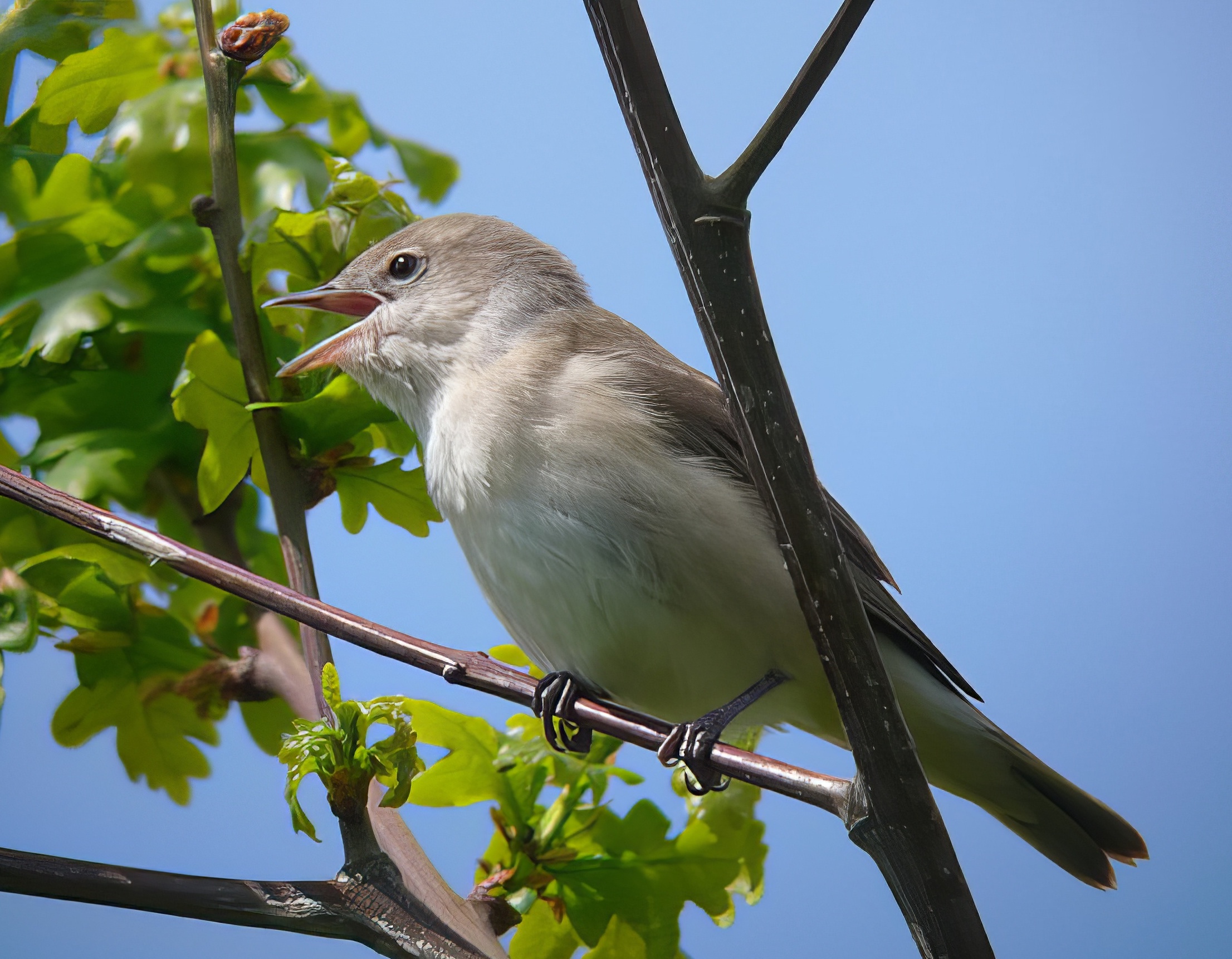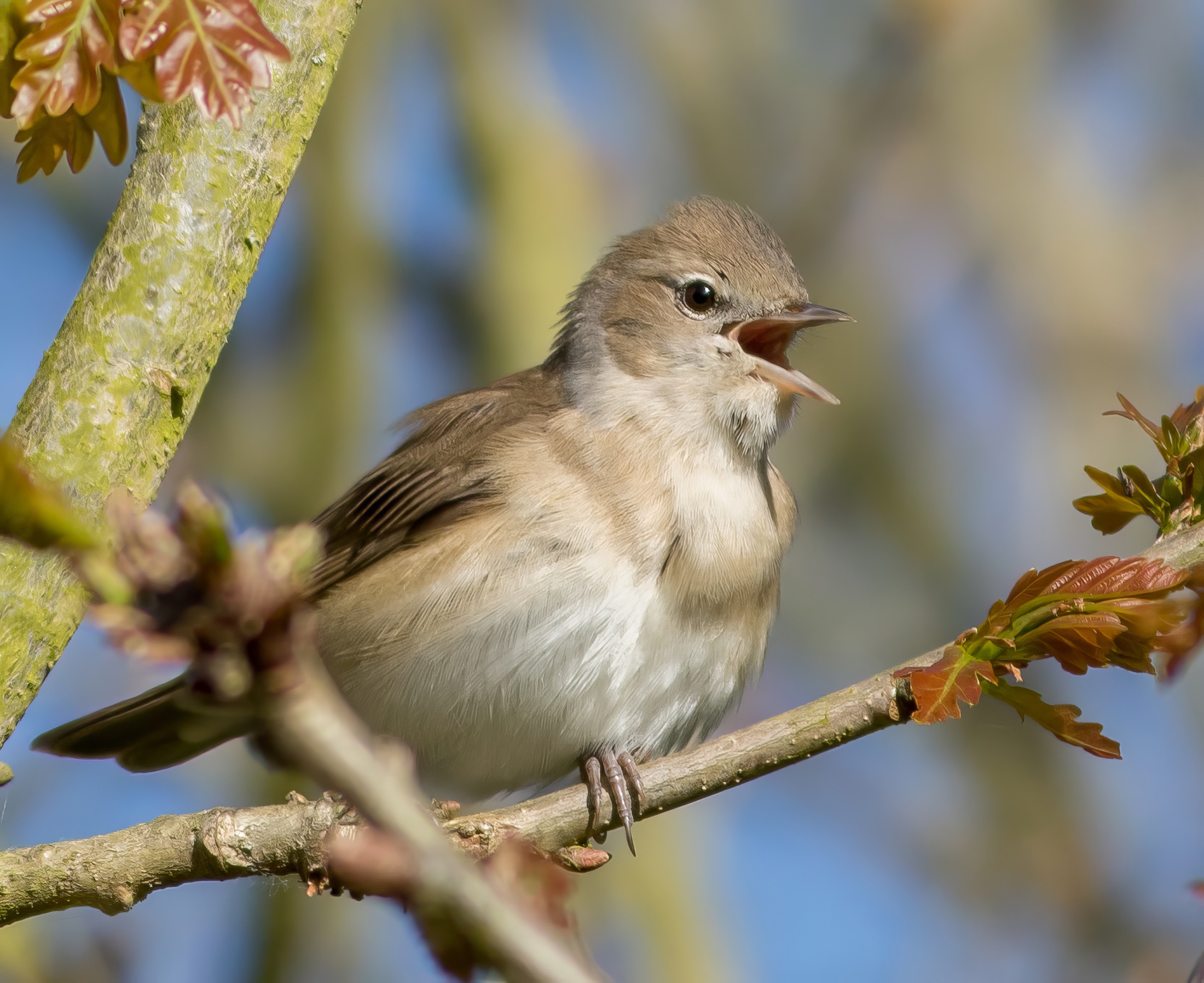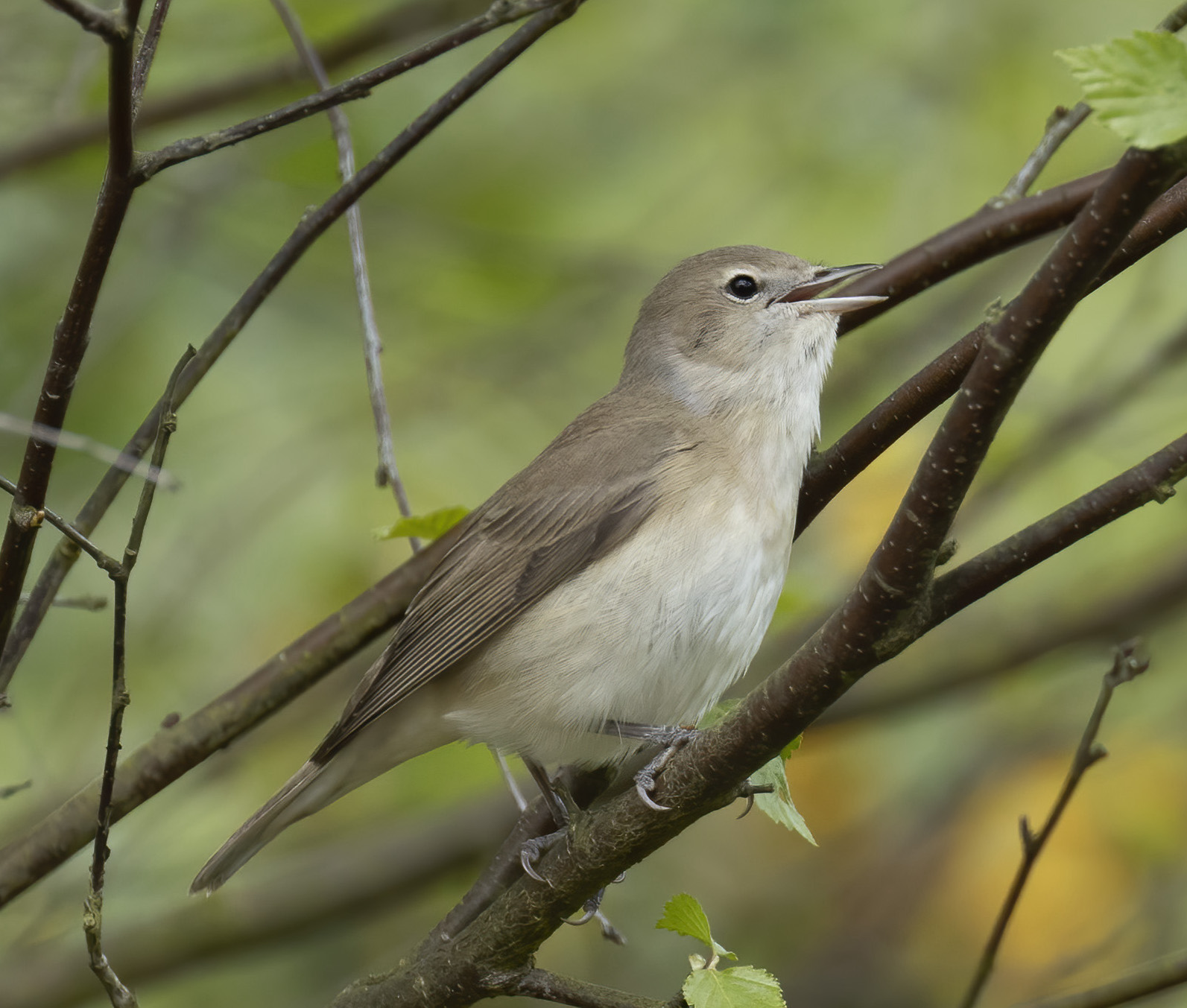Garden warbler Sylvia borin
Fairly common summer visitor and passage migrant.



Garden Warbler is becoming scarcer in Lincolnshire. Its preference for deciduous woodland with good undergrowth makes it very scarce in much of the Fens, the Marsh and north-east edge of the Wolds. The Atlas distribution map shows this pattern very well and it comes into sharp focus when viewed with the relative abundance map of this species in the BTO Atlas 2007-2011. The Lincolnshire Atlas estimated the population at 7,200 pairs in the 1980s. APEP4 adjusted gives a 2016 population estimate of only 600 pairs. The BBS index for England shows a long-term decline of 27% since 1994. Clearly the Lincolnshire decline is much steeper than that and recalls that of Nightingale, Luscinia megarhynchos, a species whose habitat it shares, and its decline may be for similar reasons. BTO BirdTrends suggests Garden Warbler decline is likely to be driven by reduced productivity or juvenile survival. Could another possibility may be excessive grazing of woodland undergrowth by deer?
BTO ringing data indicates that 210,391 were ringed in the UK, 1909-2021, and the average number per year during 2012-2021 was 3,427. The Lincolnshire average for that period is tiny, just 30 per year. Nevertheless, there have been some interesting recoveries. Several site-faithful birds retrapped in consecutive years have reached 5-6 years of age; birds ringed in Lithuania, Spain Sweden and have been trapped on the coast; Lincolnshire-ringed birds have been found in France and Spain. British Garden Warblers winter in the humid zone in tropical West Africa and their European congeners go south as far as DR Congo.
